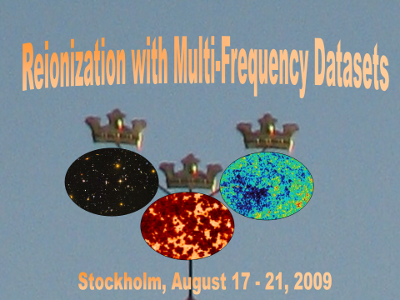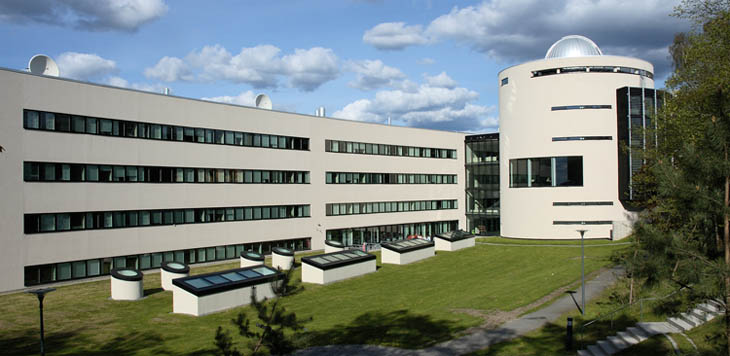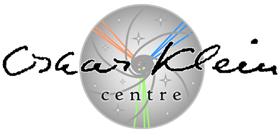Choose timezone
Your profile timezone:

A workshop around the theme of combining different datasets relevant for the epoch of reionization.
Several different types of surveys are currently aiming at detecting signatures from the era beyond redshift 6, which is when the reionization of the Universe happened. Each of these surveys is at the cutting edge of what is possible, and detecting the desired signatures will be challenging. However, by comparing or cross-correlating the same areas on the sky between different data sets, a clearer detection may be possible. In this workshop we want to explore the possibilities of combining and/or cross-correlating future redshifted 21cm data with other observables from the epoch of reionization. The main ones that have been considered are galaxy probes such as Ly-a emitters and high redshift QSOs, and CMB data from Planck and groundbased CMB experiments. Other data sets that could potentially be useful are the near-infrared and x-ray backgrounds, as well as the distribution of Ly-a absorption towards QSOs. The idea of the meeting is both to present current or upcoming observational datasets relevant for epoch of reionization studies, as well as get an overview of how combining these multi-frequency datasets can help improve our understanding of this important epoch in the history of the Universe. (mostly based on theoretical/numerical explorations). The workshop could also be a meeting place for starting collaborations which could lead to such combined studies.

Email reionization2009@astro.su.se.
Sponsored by NORDITA, Vetenskapsrådet, the Oskar Klein Centre and the Nordic Network of Astrophysics and Cosmology



